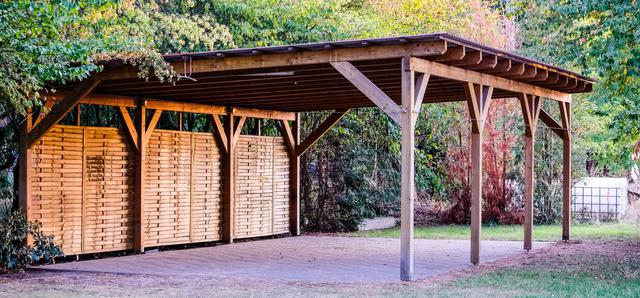As your family grows or your needs change, you may find that your current living space no longer meets your needs. Moving to a new house is an option, but it can be expensive and stressful. Instead, you may consider adding extra square footage to your home. A well-planned home addition can increase your living space and add value to your property. However, before you start breaking ground, there are several important factors to consider.
Purpose and Design
Before you start your home addition project, you should determine the purpose of the new space. Do you need an extra bedroom, a larger living area, or a home office? Once you know the function of the addition, you can start thinking about the design. Work with an experienced architect or designer to create a blueprint that matches your needs and complements your home's existing style. Consider factors such as the flow of traffic, the natural lighting, and the placement of windows and doors. The design phase is crucial, as it sets the stage for the rest of the project.
Average Cost: The cost of a home addition varies depending on the size and scope of the project. On average, homeowners can expect to spend between $80 to $300 per square foot for a home addition.
Building Permits and Regulations
Adding square footage to your home requires more than just construction. You will need to obtain the necessary building permits and comply with local zoning regulations. Building codes and regulations vary depending on where you live, so it's essential to work with a licensed contractor who is familiar with local laws. Failure to comply with zoning laws can result in costly fines or even the removal of the addition. Additionally, check with your homeowners' association (HOA) if applicable, as they may have additional regulations or restrictions on home additions.
Average Cost: Permit costs vary depending on location and the scope of the project. On average, homeowners can expect to pay $500 to $2,000 for building permits.
Budget and Financing
Home additions can be expensive, so it's essential to set a budget and stick to it. Consider all the costs involved, including design fees, permits, materials, labor, and contingency funds for unexpected expenses. You may also need to secure financing if you cannot pay for the project in cash. Options for financing include home equity loans, personal loans, or refinancing your existing mortgage. Research the pros and cons of each option and choose the one that best suits your financial situation.
Average Cost: The cost of financing varies depending on the amount borrowed, the interest rate, and the repayment terms. On average, homeowners can expect to pay 5% to 10% interest on a home equity loan or refinance.
A home addition can be a valuable investment in your property and your quality of life. However, it's crucial to consider several factors before embarking on this type of project. Determine the purpose and design of the addition, obtain the necessary permits and comply with regulations, and set a budget and financing plan that works for you. With proper planning and execution, a home addition can be a rewarding and transformative experience.






comments